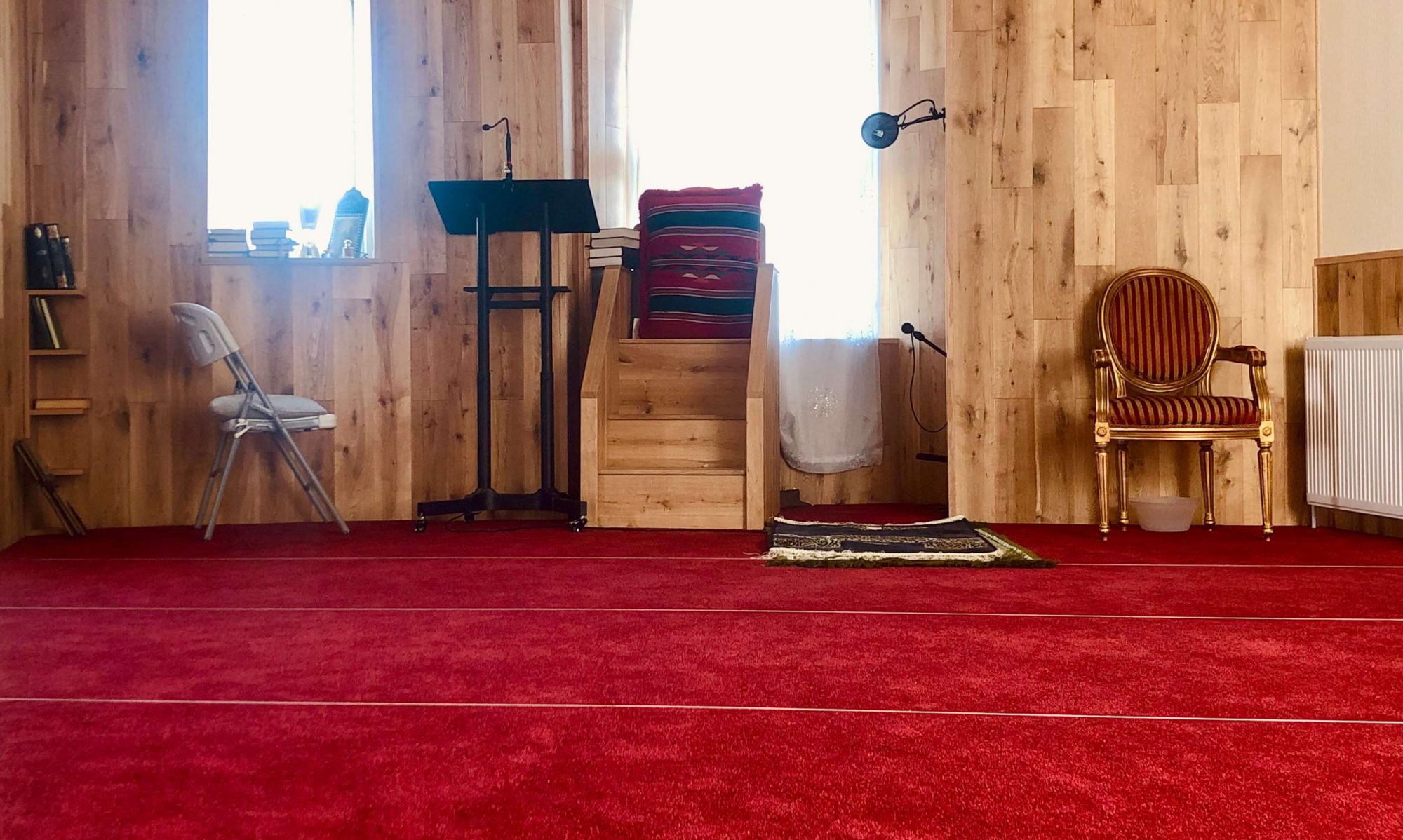Transliteration
Converting the oral content of the Holy Quran into a recognisable written form has aided learners in memorisation since the beginning of its recitation on earth. Existing Arabic romanisation standards today however, fall short in either capturing the nuance distinctions between similar Arabic letters, or providing comfortable readability. The following – Euro-Accented – romanisation method used on this site is carefully choreographed to combine transliteration (literal) and transcription (phonetic) representations of the Arabic writing system. It avoids using digraphs (letter pairs), formatting (bold, underline etc.), or capitalisation to distinguish different Arabic sounds. Capital letters can thus be reserved for names, titles, and proper nouns. Super/Subscripting and new accents are introduced to clarify between the various manifestations of hamzaẗ, as well as rules of tajwíd. Overall, this unprecedented system offers perfect cross-language rendition, an introduction to enhanced tajwíd pronunciation, better familiarity for English speakers, and more convenience copying across digital devices.
| Arabic | English | Arabic | English | Arabic | English | Arabic | English |
|---|---|---|---|---|---|---|---|
| ا | á/ó | ذ | v | ظ | ṿ | ن | n/ń/ņ/ň |
| ب | b | ر | r | ع | ‘ | ه | h |
| ت | t | ز | z | غ | g | و | w/u |
| ث | ṫ (th) | س | s | ف | f | ي | y/i |
| ج | j | ش | ṡ (sh) | ق | q | ى | y/e |
| ح | ḥ | ص | ṣ | ك | k | ء / ؤْ / ئْ | – |
| خ | c | ض | ḍ | ل | l | أ / أُ / إ | à/ù/ì |
| د | d | ط | ṭ | م | m | ة | ẗ (ḧ) |
| Arabic | English | Arabic | English | Arabic | English | Arabic | English |
|---|---|---|---|---|---|---|---|
| ٰ | ā / ō | ا۠ | å | ۖ | , | ۘ | . |
| ۥ | ū | ۛ ۛ | – – | ۚ | ; | ۙ | — |
| ۦ | ȳ / ī | ۜ | … | ۗ | : | ۩ | • |
Notes
- Doubled consonant represents a strengthened shaddaḧ consonant, e.g. in Robbihim
- Subscript format represents an unconditionally silent letter, e.g. in waalyaumi
- Superscript format represents a conditionally silent letter – often depending on where the reader stops or starts in relation to the word, e.g. in mina al’ilmi
- ‘o‘ represents the voweling of an ‘heavy’ consonant, e.g. in colaqokum
- ‘ń‘ represents an extended madd and partially obscured gunnaḧ ‘n‘ via ìcfá-, e.g. in wakuńtum
- ‘ņ‘ represents an extended madd and mostly or wholly obscured gunnaḧ ‘n‘ via ìdgóm, e.g. in miskuņ wafie
- ‘ň‘ represents an extended madd and wholly obscured gunnaḧ ‘n‘ via ìqlób, e.g. in faaňbajasat
- Tilde accent (~) over a vowel represents an extended madd vowel, e.g. in samã-in
- Macron accent (¯) over a vowel represents a long vowel written diacritically, e.g. in vālika
- Acute accent ( ´ ) over a vowel represents a long vowel written in full form, e.g. in tucrijúna
- Grave accent ( ` ) over a vowel represents a hamzaḧ before the marked vowel, e.g. in faàcovahum
- Caron accent ( ˇ ) over a vowel represents a glottal stop hamzaḧ (grave accent) followed by a long vowel (acute accent), e.g. in fuǎdaka
- A ‘simplified’ version of the system used for súroḧ names ommits silent letters, and suffix vowels, and uses variant letters (as bracketed in the letters table above)
Súroḧ List
Corrections
Every effort has been made to present the script of the Holy Quran (as transmitted by Ḥafṣ via ‘Áṣim) correctly according to the Euro-Accented method. However, the possibility of occasional spelling errors remain. Please contact the writer immediately if there are any comments or corrections to be made:
Jazáka Alllah (May God reward you).
Feel free to download the publication The Enhancement – A Clear Tajwid Explanation And Transliteration Of The Holy Quran below.
